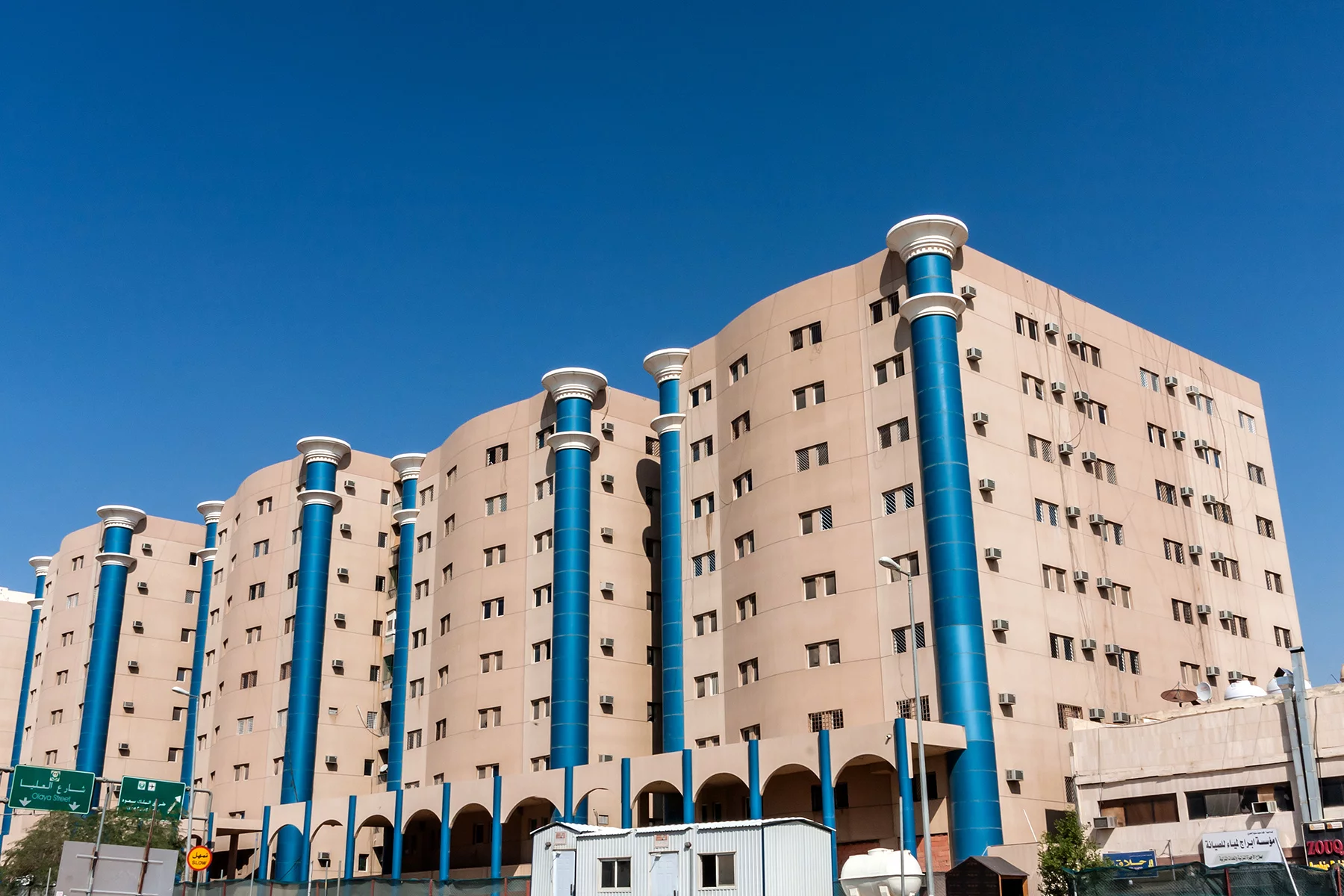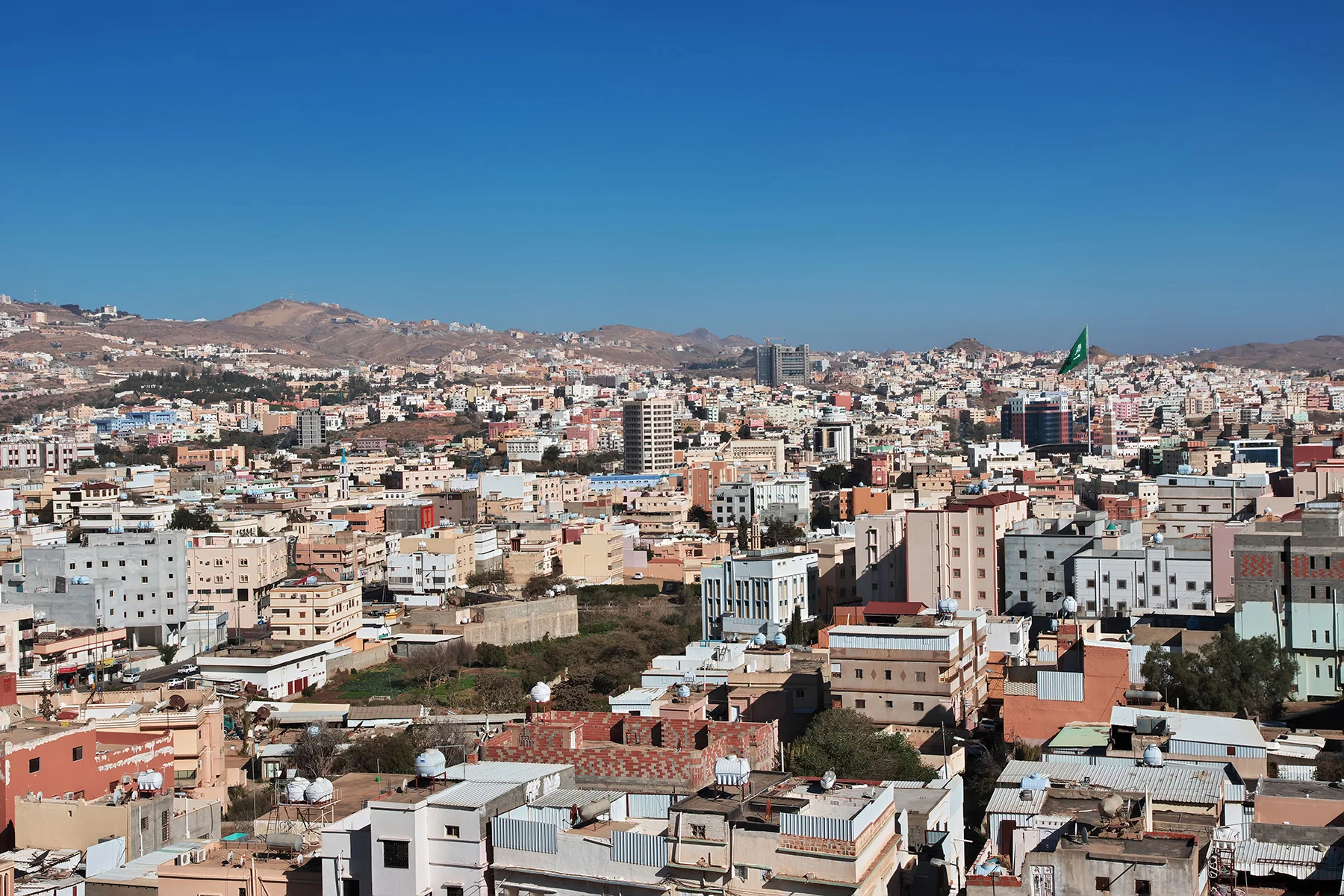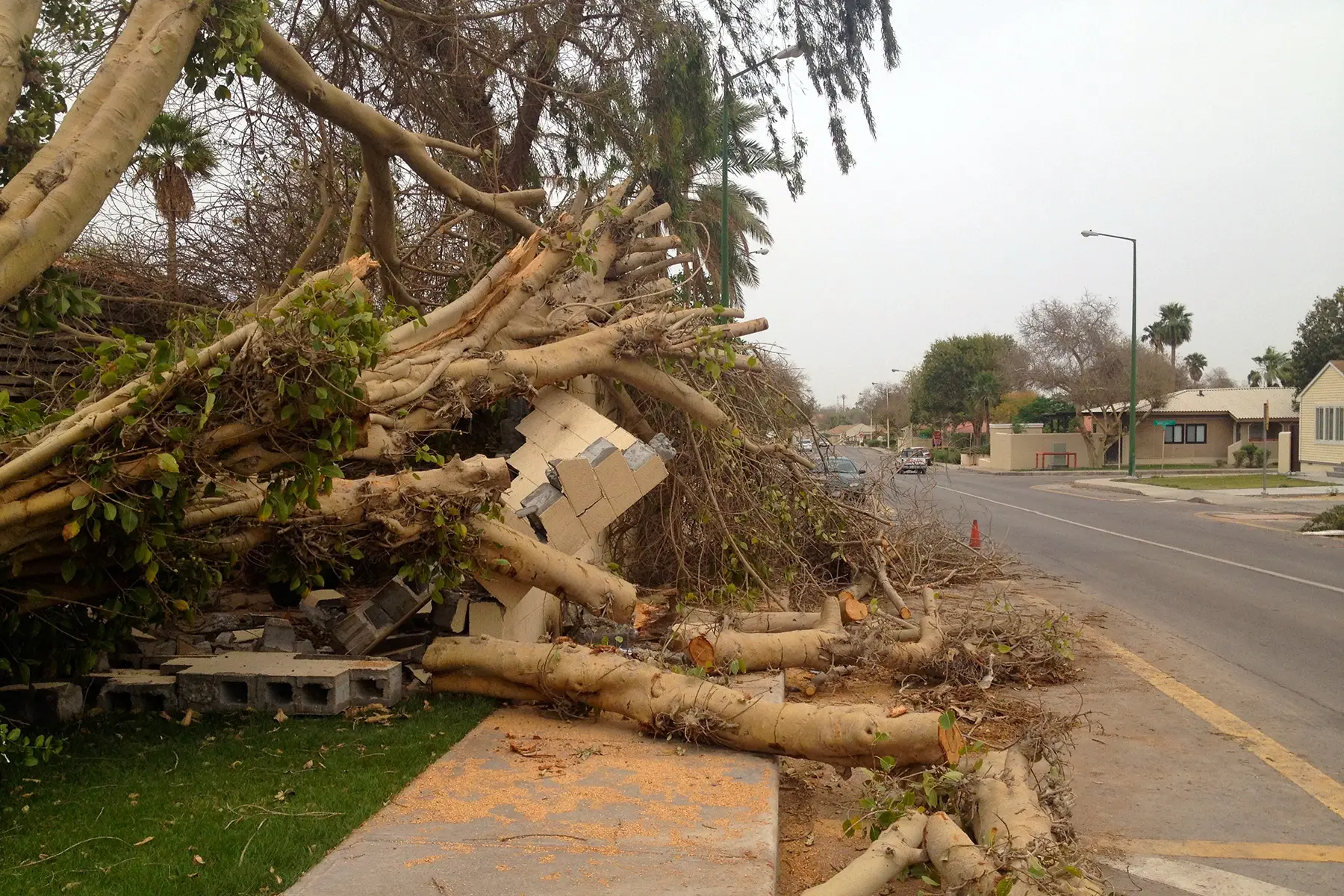Mortgages in Saudi Arabia are still a new phenomenon, and it remains difficult for expats to take out a home loan.
This helpful guide includes advice on the following:
- Mortgages in Saudi Arabia
- Can you get a mortgage as a foreigner in Saudi Arabia?
- Mortgage rates in Saudi Arabia in 2025
- How much can you borrow for a Saudi mortgage?
- Types of mortgages in Saudi Arabia
- How to apply for a mortgage in Saudi Arabia
- Mortgage fees and costs in Saudi Arabia
- Do you need property insurance to get a mortgage in Saudi Arabia?
- How do mortgage repayments work in Saudi Arabia?
- Refinancing a mortgage in Saudi Arabia
- Useful resources
Mortgages in Saudi Arabia
Mortgages in Saudi Arabia have only been permitted by the government since 2012. Their introduction came after decades of deliberation over whether home loans should be Sharia-compliant.

In 1981, the Supreme Judicial Council ruled that mortgages were un-Islamic, resulting in more than thirty years of debate over how to introduce home finance. It was eventually decided that mortgages would follow the principles of Sharia law.
Housing is a major area of discussion and discontent in Saudi Arabia. The severe lack of affordable housing and realistic financing options are among the biggest challenges facing the country. In 2019, the government announced an affordable housing vision for 2030, with a plan to build 1.5 million affordable homes and increase home ownership levels.
Saudi Arabia still has one of the lowest mortgage penetration rates in the world. Although home ownership currently stands at 65.4%, only 18.8% of households have mortgages according to the 2022 Saudi Census. This compares to more than 50% in many western countries.
Instead of taking out mortgages, many Saudi nationals use long-term loans from the Saudi Real Estate Refinance Company (SRC). The SRC’s Real Estate Development Fund has existed since 1974 and offers interest-free loans to Saudi nationals.
Real-estate loans can be difficult to obtain, with some borrowers waiting for a decade or more. This over-subscription has resulted in hundreds of thousands of residents being on the fund’s waiting list.
The government announced that women would be able to apply to use the fund in February 2019.
Can you get a mortgage as a foreigner in Saudi Arabia?
Theoretically, local people and expats can both get home loans in Saudi Arabia, however, the market is still very much developing. This means that many banks still don’t offer Saudi Arabian mortgages for expats, and those who require a mortgage may find they are overlooked in favor of cash buyers.
Lending difficulties mean it can be easier for expats to obtain a mortgage from an international bank or a lender in their home country that offers overseas mortgages. If you choose to do this, you should take independent advice and be aware of the dangers of currency fluctuations.
If you’re a foreigner wanting a mortgage in Saudi Arabia, you’ll generally need a valid residence permit and a job with an officially recognized employer. Many banks favor those with a premium residency permit (Iqama), also known as the Saudi Arabian green card.

The government is attempting to improve access to mortgages. In 2018, it announced it would double mortgage lending and expand the sector of banks offering home loans. Once the financing system is complete, the government claims Saudi nationals will have 18 lenders to choose from.
Financial requirements for a Saudi mortgage
In addition to the deposit, which can be around 30% of the purchase price, Saudi banks and mortgage lenders typically have the following financial requirements for granting Saudi home loans:
- Minimum monthly income: this can range from SAR 3,000 to SAR 15,000, depending on the lender and loan amount.
- Proof of stable income: usually an employment contract and/or recent bank statements, or business financial statements if you are self-employed.
- Good credit history: banks will want to see that you have strong credit, a stable financial background, and no history of bad debts.
Long-term stability of employment and earnings are the main things lenders in Saudi Arabia will look for in an applicant. Buyers who work for smaller or less-established companies can find it much more difficult to get a mortgage in Saudi Arabia.
Mortgage rates in Saudi Arabia in 2025
Interest rates in Saudi Arabia are linked to the Repo rate offered by the Saudi Central Bank. This currently stands at 5% (June 2025). The Repo rate has reduced over the last 12 months, and has historically varied between 1% and 7%.
However, many Saudi mortgage providers offer Sharia-compliant mortgages which avoid traditional interest rates. Instead, they follow Islamic principles of finance, which involves either:
- Profit-sharing (Murabaha): this is where the bank or financial institution buys the property and sells it to you at an agreed profit over a period of time.
- Lease-to-own (Ijara): where the lender owns the property and leases it to you at an agreed cost over a period of time.
Saudi banks with traditional interest-based mortgages include the Saudi National Bank, which currently offers 6.86% APR on a loan of SAR 590,000 over a 5-year period.
How much can you borrow for a Saudi mortgage?
The loan-to-value (LTV) ratio on Saudi mortgages – in other words, the percentage of the purchase price that banks are willing to loan – generally varies between 70% and 90%. This means you will usually have to provide the remaining 10-30% in the form of a deposit.
Saudi nationals are typically offered higher LTV ratios than non-Saudi residents. First-time buyers are more likely to get the 90% LTV rate and can also take advantage of government-backed loan schemes, such as the Sakani program.
The amount you can borrow for your Saudi mortgage is also determined by your ability to make repayments. Lenders will look at your overall monthly debt payments, including mortgage repayments. As a rule of thumb, your debt repayments will need to be lower than 40% of your monthly income for you to secure a mortgage in Saudi Arabia.
Saudi Arabia mortgage calculator
You can use one of these mortgage calculators to find out how much you are likely to be able to borrow for your Saudi home loan:
Types of mortgages in Saudi Arabia
The main types of mortgage in Saudi Arabia are Sharia-compliant, meaning that there is no interest in the traditional sense. Instead, mortgage providers purchase the property and then either sell it to the buyer at a profit over an agreed period (Murabaha) or lease it with an option to purchase at the end of the term (Ijara).
In recent years, Saudi banks have begun to offer conventional interest-based mortgages, mainly to cater for the growing expat community. You can find:
- Fixed-rate mortgages: where the interest rate remains constant throughout the loan period.
- Variable-rate mortgages: where the interest rate fluctuates depending on current market conditions.
If you have an Islamic mortgage, Murabaha agreements are usually fixed-rate whereas Ijara mortgages can often be variable rate.
How to apply for a mortgage in Saudi Arabia
Once you’ve chosen your Saudi Mortgage provider, you will need to gather the necessary documents to submit your application. These can vary across lenders, but usually include:
- Residence permit
- Proof of income, e.g. bank statements or salary statements
- Property documents, such as title deeds and accepted offer on the property
Foreign buyers may also need a letter of approval from the government. As you can only buy the home you are going to live in yourself, you can only allowed one letter of approval if you are a foreign worker.
You will also need to show evidence that you have the funds to cover the necessary deposit.
Mortgage fees and costs in Saudi Arabia
Administration fees on Saudi Arabian mortgages are generally 1% of the loan amount or SAR 5,000, whichever is lower. You should pay this when you take out your mortgage.
Some lenders may charge a valuation fee if there is an appraisal to determine the property value. There may also be charges for early mortgage repayments. As fees can vary slightly between providers, it can be useful to shop around or take advice from a broker to see if you can find a better deal.
Do you need property insurance to get a mortgage in Saudi Arabia?
While property insurance isn’t a legal requirement to get a mortgage in Saudi Arabia, some lenders will include it as a condition.
All-risk and specified perils are the two main types of home insurance policies in Saudi Arabia.
All-risk insurance is the equivalent of having comprehensive buildings insurance. This protects the property from loss or damages caused by everything from natural disasters to electrical problems.
Specified perils insurance only covers against fire and other issues which are listed in the policy. These commonly include perils such as storm damage and burst pipes.
How do mortgage repayments work in Saudi Arabia?
Mortgage repayments in Saudi Arabia are similar to those in may other countries. You will usually make your payment on the same day each month, with the amount depending on the type of mortgage you have.
Some lenders charge fees for early or extra payments, so it’s a good idea to check if these costs are included upfront and shop around to get the best deal.
Under Sharia law, banks must avoid charging unreasonable fees for late or missed payments, and repossession can only be undertaken after all other options are exhausted.
Refinancing a mortgage in Saudi Arabia
Both Saudi citizens and expats can refinance their mortgages, either by renegotiating with their existing lender or taking out a new mortgage. This could be a good option if, for example, you’re on a fixed rate deal and want to take advantage of lower interest rates or better terms.
However, refinancing a mortgage usually comes with new administration costs that you will have to factor in when making your calculations. The same general mortgage rules apply, for example you will have to pass credit checks and meet income requirements for your new mortgage.


